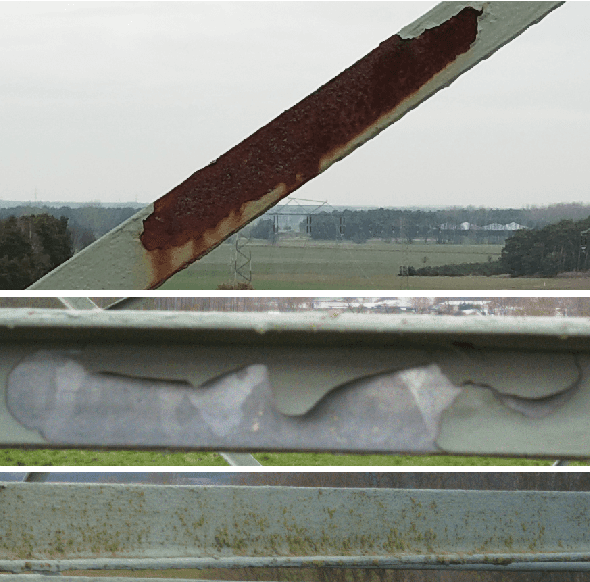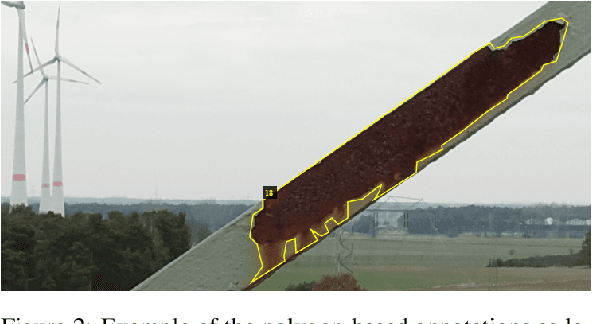Automated Damage Inspection of Power Transmission Towers from UAV Images
Paper and Code
Nov 30, 2021



Infrastructure inspection is a very costly task, requiring technicians to access remote or hard-to-reach places. This is the case for power transmission towers, which are sparsely located and require trained workers to climb them to search for damages. Recently, the use of drones or helicopters for remote recording is increasing in the industry, sparing the technicians this perilous task. This, however, leaves the problem of analyzing big amounts of images, which has great potential for automation. This is a challenging task for several reasons. First, the lack of freely available training data and the difficulty to collect it complicate this problem. Additionally, the boundaries of what constitutes a damage are fuzzy, introducing a degree of subjectivity in the labelling of the data. The unbalanced class distribution in the images also plays a role in increasing the difficulty of the task. This paper tackles the problem of structural damage detection in transmission towers, addressing these issues. Our main contributions are the development of a system for damage detection on remotely acquired drone images, applying techniques to overcome the issue of data scarcity and ambiguity, as well as the evaluation of the viability of such an approach to solve this particular problem.
 Add to Chrome
Add to Chrome Add to Firefox
Add to Firefox Add to Edge
Add to Edge